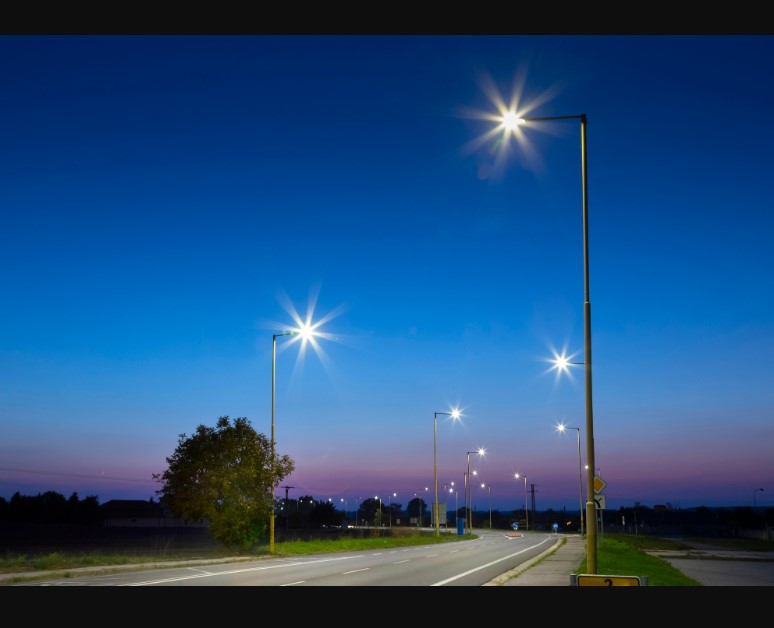Street lighting plays a crucial role in urban infrastructure, providing safety, security, and visibility to pedestrians and motorists alike. However, traditional street lighting systems often lack efficiency, leading to unnecessary energy consumption and maintenance costs. In recent years, advancements in technology have paved the way for smart solutions in street light control, offering greater efficiency, flexibility, and sustainability. This article explores the evolution of street light control systems, the benefits of smart technology integration, and the various approaches and technologies involved in harnessing technology for smarter street lighting solutions.
Evolution of Street Light Control Systems:
Historically, street lights were controlled manually, requiring physical intervention to adjust brightness levels or turn lights on and off. This approach was not only labor-intensive but also limited in its ability to respond to dynamic lighting needs. The advent of automatic timers represented a significant step forward, allowing lights to be programmed to turn on and off at specific times. However, these systems still lacked adaptability and often resulted in energy wastage during off-peak hours.
The emergence of photocells enabled lights to respond to ambient light levels, automatically adjusting brightness according to natural lighting conditions. While this represented an improvement in efficiency, it did not address the need for more intelligent, data-driven control systems. Enter smart street lighting solutions, which leverage advanced technologies such as sensors, wireless communication, and data analytics to optimize performance and minimize energy consumption.
Benefits of Smart Street Light Control:
The integration of smart technology into street lighting systems offers a wide range of benefits:
Energy Efficiency: Smart street lights can dynamically adjust brightness levels based on real-time data, reducing energy consumption during periods of low activity or daylight hours.
Cost Savings: By optimizing energy usage and reducing maintenance requirements, smart street lighting solutions can lead to significant cost savings for municipalities and other stakeholders.
Environmental Sustainability: Lower energy consumption translates to reduced carbon emissions and environmental impact, contributing to broader sustainability goals.
Enhanced Safety and Security: Smart street lights can be equipped with sensors to detect motion, monitor traffic flow, and even provide real-time video surveillance, enhancing safety and security in urban areas.
Remote Monitoring and Management: Through centralized control systems, operators can remotely monitor and manage street lights, quickly identifying and addressing issues such as outages or malfunctions.
Approaches to Smart Street Light Control:
Several approaches and technologies are employed in the implementation of smart street lighting systems:
Wireless Connectivity: Wireless communication protocols such as Zigbee, LoRaWAN, and cellular networks enable seamless connectivity between street lights and central control systems, facilitating real-time data exchange and remote management.
Sensor Integration: Various sensors, including motion sensors, ambient light sensors, and environmental sensors, can be integrated into street lights to collect data on pedestrian activity, traffic flow, air quality, and more. This data informs intelligent lighting decisions and enables predictive maintenance.
Data Analytics: Advanced analytics platforms process the data collected from sensors to derive actionable insights, such as predicting peak usage periods, identifying areas with high foot traffic, or detecting anomalies that may indicate equipment failure or vandalism.
Adaptive Lighting Controls: Dynamic lighting control algorithms adjust brightness levels based on factors such as time of day, traffic density, weather conditions, and even individual user preferences. This ensures optimal visibility while minimizing energy waste.
Internet of Things (IoT) Integration: Smart street lighting systems are often part of broader IoT ecosystems, enabling integration with other urban infrastructure components such as traffic signals, parking meters, and environmental monitoring systems for holistic city management.
Case Studies and Implementation Examples:
Numerous cities and municipalities around the world have already embraced smart street lighting technology, realizing tangible benefits in energy savings, cost reduction, and improved service delivery. For instance:
Barcelona, Spain: Barcelona implemented a city-wide smart lighting system equipped with motion sensors and dimming capabilities, resulting in a 30% reduction in energy consumption and significant cost savings.
Los Angeles, USA: Los Angeles upgraded over 140,000 street lights to LED fixtures equipped with wireless controls, enabling remote monitoring and adaptive lighting. The initiative is expected to save the city millions of dollars annually in energy and maintenance costs.
Singapore: Singapore’s Smart Nation initiative includes the deployment of smart street lighting systems featuring sensors for environmental monitoring and adaptive lighting controls. The city-state aims to leverage data analytics to optimize urban infrastructure and enhance livability.
Conclusion:
Smart Street Light Control represents a compelling opportunity to improve efficiency, sustainability, and safety in urban environments. By harnessing advanced technologies such as wireless connectivity, sensors, data analytics, and IoT integration, cities can optimize energy usage, reduce costs, and enhance service delivery. As the world continues to urbanize and embrace digital transformation, smart street lighting will play an increasingly pivotal role in shaping the cities of tomorrow. By illuminating our streets with intelligence, we can create safer, greener, and more vibrant urban spaces for generations to come.
